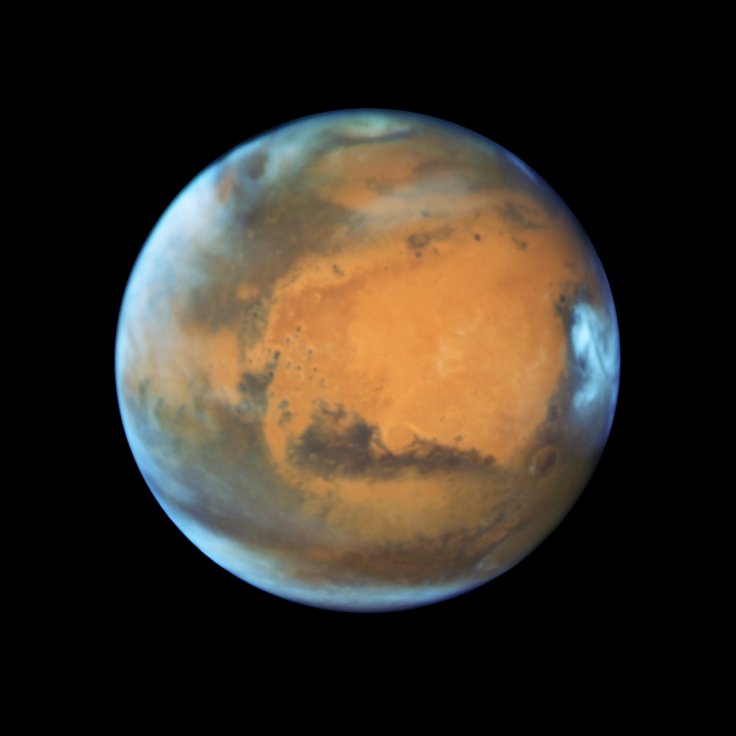
Chris Hadfield, a veteran astronaut has claimed that NASA was capable of sending humans to Mars in 1960s.
As per Hadfield, the space agency could have used the same technology for the Mars mission that was used during the moon landing but, they did not. He also said that even though NASA could have taken humans to the Mars decades ago, the prospects of long-term survival were essentially nil during those times. The former astronaut made it clear that the majority of the astronauts that NASA sends for those unfulfilled missions would have died during the trip.
"We could send people to Mars decades ago. The technology that took us to the moon and back when I was just a kid, that technology can take us to Mars. The majority of the astronauts that we send on those missions wouldn't make it. They'd die," Hadfield told Business Insider.
During the talk, Hadfield revealed that private space companies like SpaceX and Blue Origin will not be able to revolutionize the Mars journey if they are still sticking on to the traditional propulsion method for their spacecraft.
"Burning chemical rockets is the equivalent of using a sailboat or a pedal boat to try and travel around the world...My guess is we will never go to Mars with the engines that exist on any of those three rockets unless we truly have to. I don't think those are a practical way to send people to Mars because they're dangerous and it takes too long, and it, therefore, exposes us to a risk for a long time," added Hadfield.
During the talk, Hadfield also talked about the potential risks astronauts will face in the midst of the Mars mission. In addition, he said that unexpected sickness among astronauts and deep space radiation could be two major factors, which may directly impact the success of a manned Mars mission.
"Magellan, when he launched in 1519, they launched with five ships and 250 people to try and just go around the world once, and almost everybody died. They only came back with like 15 or 18 people and one out of the five ships," argued Hadfield.
However, SpaceX led by Elon Musk is gearing up speedily with their Mars program. Musk has even revealed that the government on the red planet will be based on direct democracy. Meanwhile, Blue Origin, the brainchild of Amazon's Jeff Bezos is also gearing up for a manned Mars mission in the near future.
As per experts, the most realistic manned Mars mission is being now planned by the UAE, and they aim to colonize the red planet by 2117.









